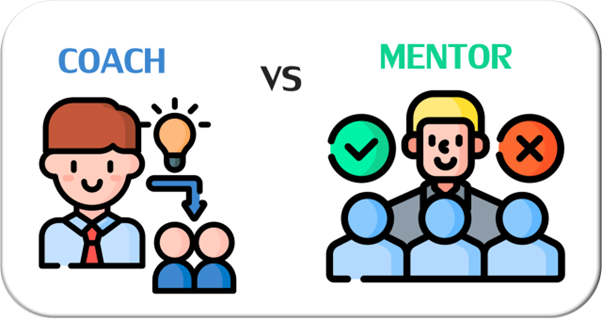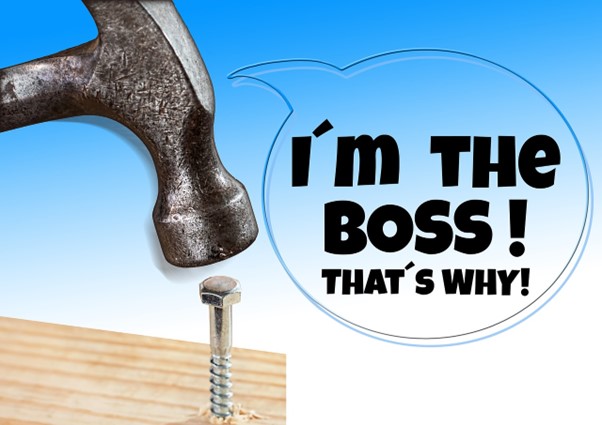If you’ve ever lost a deal and wondered, “Did I even talk to the right person?”—you’re not alone. In sales, getting a “no” from someone who isn’t the real decision-maker is a painful waste of time. That’s where Power Mapping comes in. It’s the secret weapon that we at KONA believe salespeople should use to navigate complex deals, uncover hidden influencers, and close faster.

What is Power Mapping?
Power Mapping is the process of identifying key players within a company, understanding their influence, and strategically engaging with them. It helps salespeople avoid blind spots, ensuring they’re talking to the right people at the right time.
Why Power Mapping is a Game-Changer in Sales
Imagine walking into a sales meeting already knowing who calls the shots, who influences the decision, and who might block your deal. With a well-crafted power map, you can:
✔ Identify decision-makers and influencers early
✔ Build stronger relationships with key stakeholders
✔ Avoid wasted time on the wrong contacts
✔ Anticipate objections before they arise
✔ Close deals faster with targeted strategies

Step-by-Step Guide to Creating a Power Map
1. Start with a Target Account
Choose a high-value prospect where multiple decision-makers are involved. Enterprise deals, for example, often have committees, gatekeepers, and hidden influencers.
2. Identify Key Players
Map out everyone involved in the buying process. You’ll typically encounter:
- Decision-Makers: The people who sign off on the deal.
- Influencers: Those who may not have final say but can sway the decision.
- Gatekeepers: Assistants or lower-level managers who control access.
- End-Users: People who will actually use your product or service.
Use LinkedIn, company websites, and CRM data to gather intelligence.
3. Uncover the Power Dynamics
Not all decision-makers are created equal. Some have final authority, while others just rubber-stamp approvals. Ask yourself:
- Who has budget control?
- Who influences the budget owner?
- Who has veto power?
- Who is most likely to advocate for your solution?
4. Visualise Your Power Map
You can use tools like a spreadsheet to plot out key players, their roles, and their level of influence.
Colour-code them: 🟢 Allies – Supporters of your solution 🟡 Neutral – Uncommitted but could be swayed 🔴 Opponents – Those resistant to change
5. Develop a Strategic Engagement Plan
Now that you know who’s who, tailor your outreach:
- Build rapport with influencers before engaging decision-makers.
- Equip internal champions with the right messaging to sell internally.
- Address potential blockers’ objections before they escalate.
6. Refine and Update Your Map
A power map isn’t static—it evolves as you gain insights. Update it regularly based on conversations, meetings, and changes within the company.

The Competitive Edge of Power Mapping
Most salespeople blindly pitch to whoever responds first. The best ones strategically navigate the decision-making maze. By mastering Power Mapping, you’re no longer guessing—you’re strategizing. This approach not only helps you close more deals but also strengthens long-term relationships with key stakeholders.
Ready to Power Map Your Next Big Deal?
If you’re serious about levelling up your sales team, start incorporating Power Mapping into your sales process. It’s the difference between chasing deals and winning them.
Have you used Power Mapping before? Will you try it now? To learn more about how to close more sales deals, click here.
Contact the KONA Group today to discuss our tailored Sales Training Programs and help your Sales Team get ahead of the competition.
Call 1300 611 288 or email info@kona.com.au











































































































